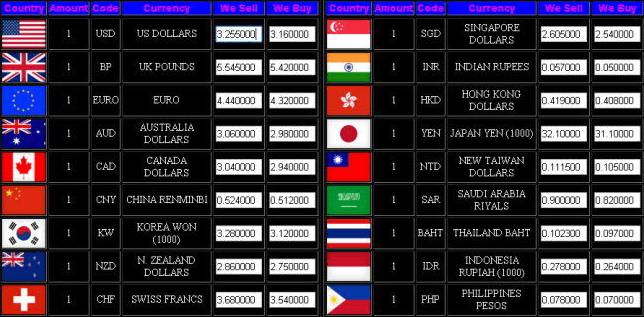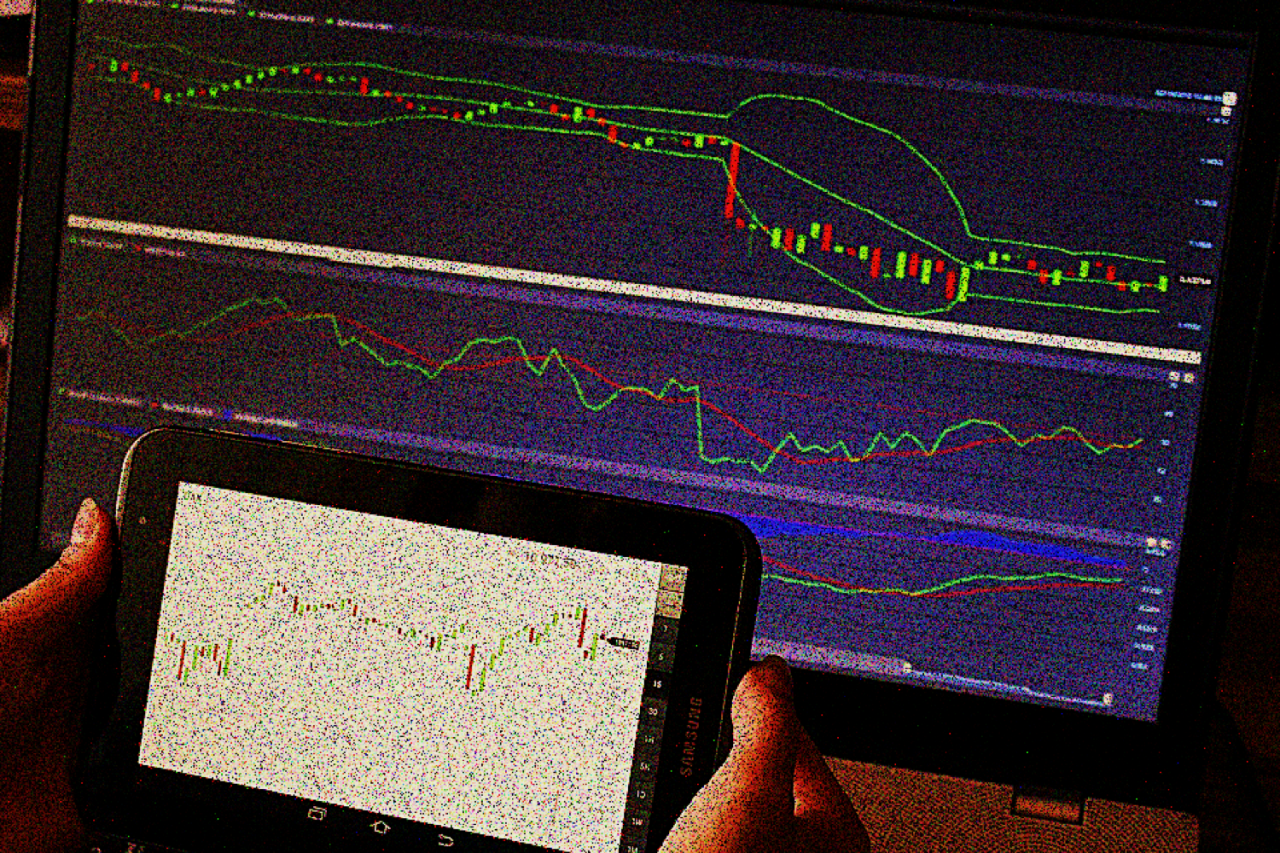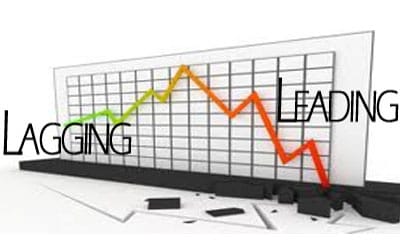
In this second part of tradersdna Forex Trading MBA Part 2 we will focus on the development of the concepts of Exchange Rates and Currency Pairs. IntelligentHQ Forex Trading MBA is an effort to give insights into currency trading to wannabe traders and also to get a guide into the mastery of trading forex in an effective and secure way.
Exchange Rates and Currency Pairs
When you buy a currency, you are effectively buying a share of the country that issues the currency, and can be compared to buying stocks of a company. The price of the currency is a reflection of what the market thinks about the current and future health of that economy.
For example, when you buy the US dollar, you are effectively buying a share in the US economy, and betting that it will do well in future. The aim is then to sell the “shares” back to the market at a profit later on.
Each currency has its own three-letter ISO code. For example, the US dollar is USD, and the euro is EUR. Most, but not all, of these are simple abbreviations. For example, the US in USD stands for United States, and the D stands for Dollar. In the world of forex trading, these ISO codes are used almost exclusively, rather than the currency symbols (such as £ and $) or the name of the currency (such as sterling or US dollar).
Eight Top Trading Currencies
There are eight currencies that are traded more than any other. These are called the ‘Major’ currencies. Here is a list of the major currencies:
Symbol Country Currency
- USD United States Dollar
- EUR Euro zone members Euro
- JPY Japan Yen
- GBP Great Britain Pound
- CHF Switzerland Franc
- CAD Canada Dollar
- AUD Australia Dollar
- NZD New Zealand Dollar
All the other currencies are known as ‘minor’ currencies.
Currencies do not have absolute values attached to them. Rather, currencies are valued in terms of other currencies. In order to buy one currency, you have to sell another. For example, if you wanted to buy US dollars, you would have to trade another currency, such as the euro, in order to get them. The amount you would get would depend on the amount of euros that you were exchanging, and the exchange rate at the time of the transaction. Here is that transaction in equation form:
Amount in euros x exchange rate = amount in US dollars
So, if you were trading in 1,000 euros, and the exchange rate was 1.5, you would end up with 1,500 US dollars.
EUR 1,000 x 1.5 = USD 1,500
Currencies traded as pairs
On the forex market, currencies are always traded in pairs, such as EUR/USD (euro and US dollar) or GBP/JPY (British pound and Japanese yen).
Exchange rates are always expressed in terms of currency pairs, as they show you how much of one currency you can buy with another. Here is an example of how the exchange rate between the euro and the US dollar would be written:
EUR/USD = 1.5000
The currency to the left of the brackets is known as the base currency, and the currency to the right of the brackets is called the quote currency. The number after the equals sign is the exchange rate. This tells you how much of the quote currency one unit of the base currency will buy at the current time.
Base currency / Quote currency = Exchange rate
If you were to look at that exchange rate an hour later, it might look something like this:
EUR/USD = 1.4997
This is because exchange rates are fluctuating all the time, based on the relative demand for each currency in the pair. Now we are going to show you something that you will never see on a list of currency quotes: USD/EUR = 0.6667
The reason that you will never see this is because currency pairs are always written in a predetermined order. Since its introduction in 1999, the euro has always been the base currency in any currency pair that contains it. This hierarchy used to be based upon the strengths of the currencies, with the strongest first, but this is no longer strictly true. The order of priority for being the base currency is as follows:
- Euro (EUR)
- Pound sterling (GBP)
- Australian dollar (AUD)
- New Zealand dollar (NZD)
- United States dollar (USD)
- Canadian dollar (CAD)
- Swiss franc (CHF)
- Japanese Yen (JPY)
In any currency pair that contains a major and a minor currency, the major currency always comes first, for example USD/SEK (US dollar/Swedish krone).
Currency pairs that include the US dollar and one of the other major currencies are known as “major” currency pairs. These are the most traded currency pairs on the forex market, due to the fact that the US dollar is by far the most traded currency. Here are the major currency pairs:
Currency pair Countries:
- EUR/USD Euro zone / United States
- USD/JPY United States / Japan
- GBP/USD United Kingdom / United States
- USD/CHF United States/ Switzerland
- USD/CAD United States / Canada
- AUD/USD Australia / United States
- NZD/USD New Zealand / United States
Major Cross-Currency Pairs or Minor Currency Pairs
Currency pairs that don’t contain the US dollar (USD) are known as cross-currency pairs or “crosses”. Crosses that involve the major currencies are known as “minor” currency pairs. Here is a list of the minor currency pairs:
Euro Crosses
Pair Countries
- EUR/CHF Euro zone / Switzerland
- EUR/GBP Euro zone / United Kingdom
- EUR/CAD Euro zone / Canada
- EUR/AUD Euro zone / Australia
- EUR/NZD Euro zone / New Zealand
Yen Crosses
Pair Countries
- EUR/JPY Euro zone / Japan
- GBP/JPY United Kingdom / Japan
- CHF/JPY Switzerland / Japan
- CAD/JPY Canada / Japan
- AUD/JPY Australia / Japan
- NZD/JPY New Zealand / Japan
Pound Crosses
Pair Countries
- GBP/CHF United Kingdom / Switzerland
- GBP/AUD United Kingdom / Australia
- GBP/CAD United Kingdom / Canada
- GBP/NZD United Kingdom / New Zealand
Other Crosses
Pair Countries
- AUD/CHF Australia / Switzerland
- AUD/CAD Australia / Canada
- AUD/NZD Australia / New Zealand
- CAD/CHF Canada / Switzerland
- NZD/CHF New Zealand / Switzerland
- NZD/CAD New Zealand / Canada
Exotic Pairs
Pairs that are made up of one major currency and one minor currency are known as ‘exotic’ pairs. Here are a few examples of exotic currency pairs:
Pair Countries
- USD/HKD United States / Hong Kong
- USD/DKK United States / Denmark
- USD/SEK United States / Sweden
- USD/THB United States / Thailand
- USD/MXN United States / Mexico
Because these pairs are traded less frequently, the transaction costs tend to be higher. The same also applies, to a lesser extent, to minor currency pairs.
All The Forex Trading MBA series here:
Forex Trading MBA Part 1: Introduction
Forex Trading MBA Part 2: Exchange Rates and Currency Pairs
Forex Trading MBA Part 3: Currency Quotes
Forex Trading MBA Part 4: Market Depth and Liquidity
Forex Trading MBA Part 5: Key Terms Explained
Forex Trading MBA Part 6: Placing Trade Orders
Tradersdna is a leading digital and social media platform for traders and investors. Tradersdna offers premiere resources for trading and investing education, digital resources for personal finance, market analysis and free trading guides. More about TradersDNA Features: What Does It Take to Become an Aggressive Trader? | Everything You Need to Know About White Label Trading Software | Advantages of Automated Forex Trading









































